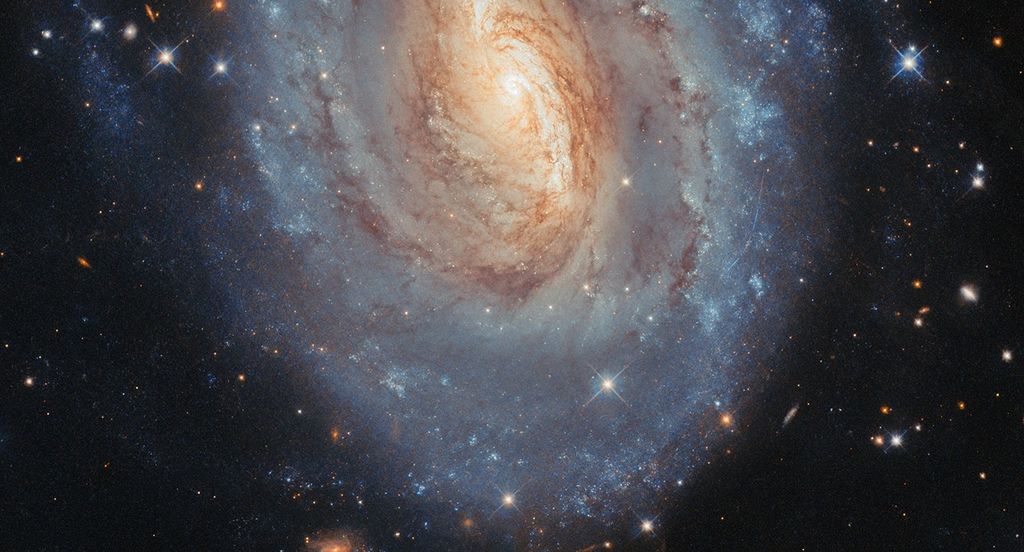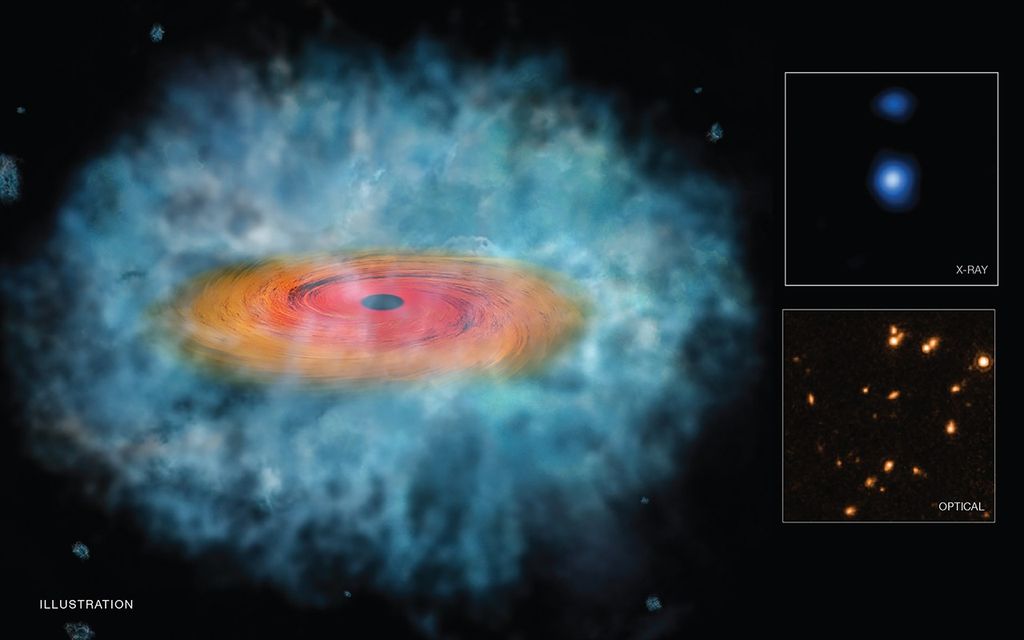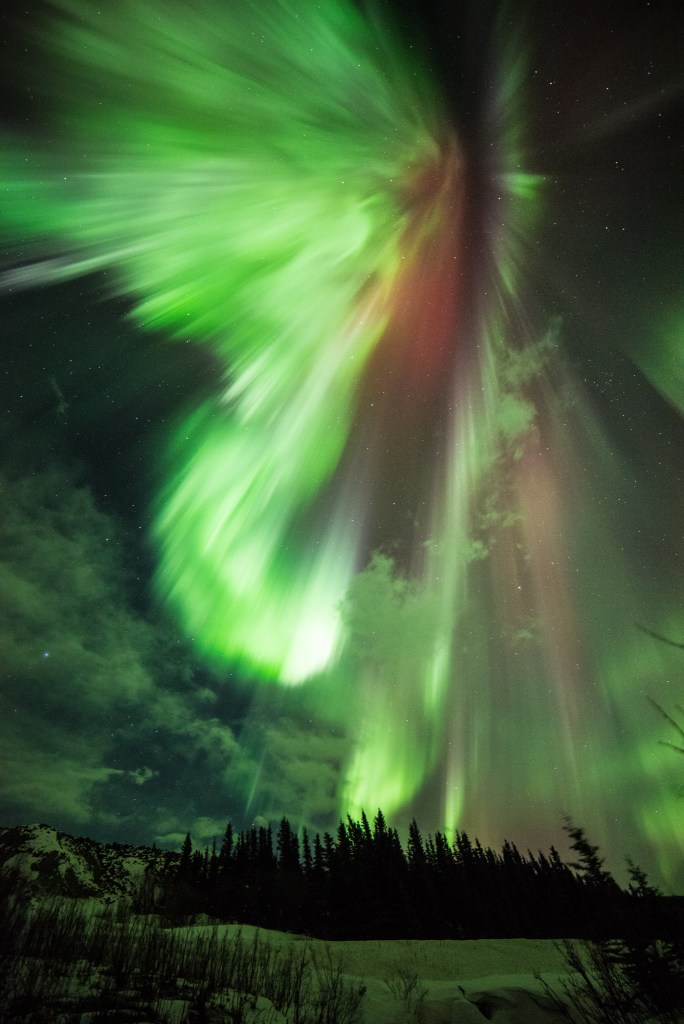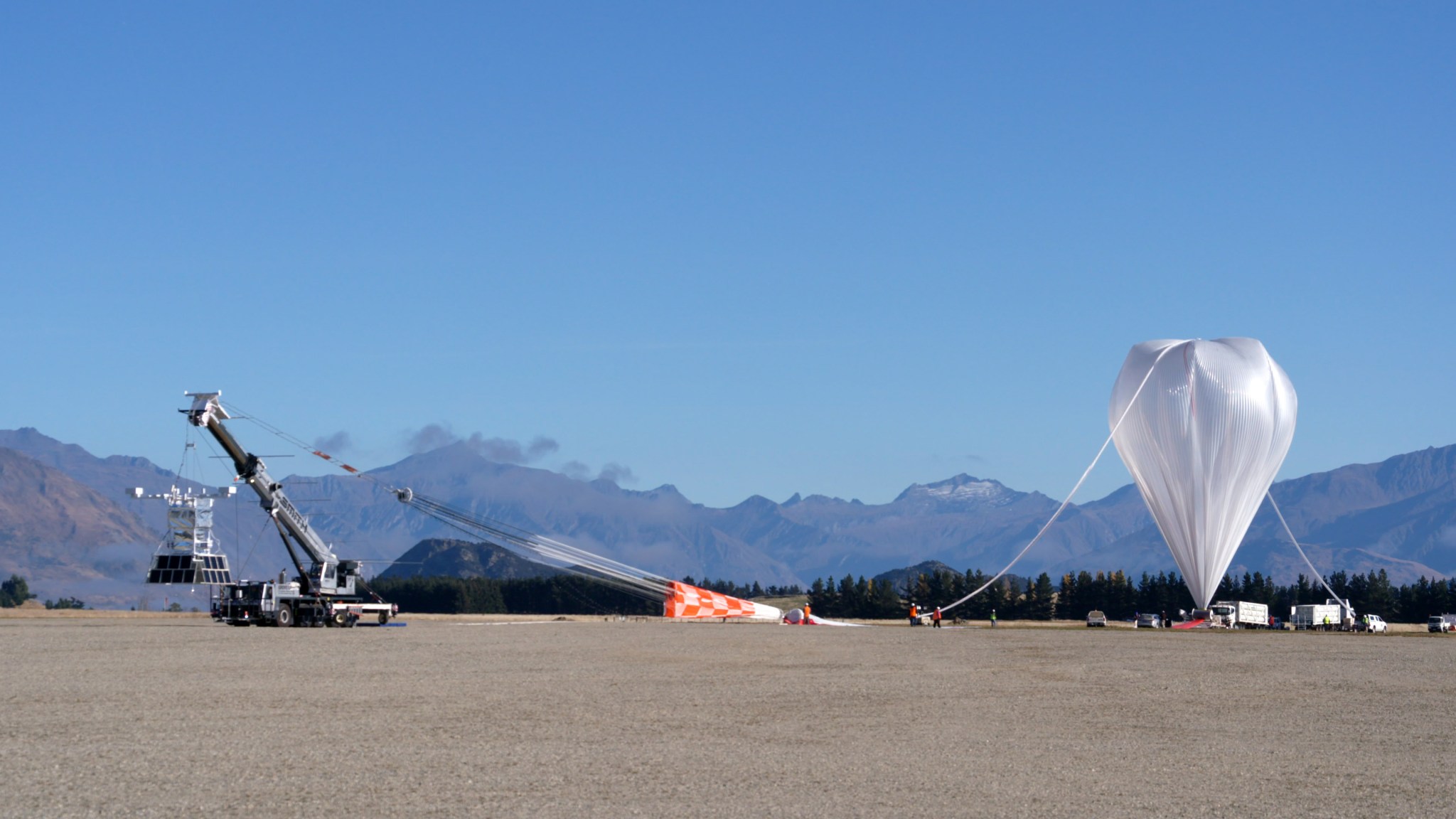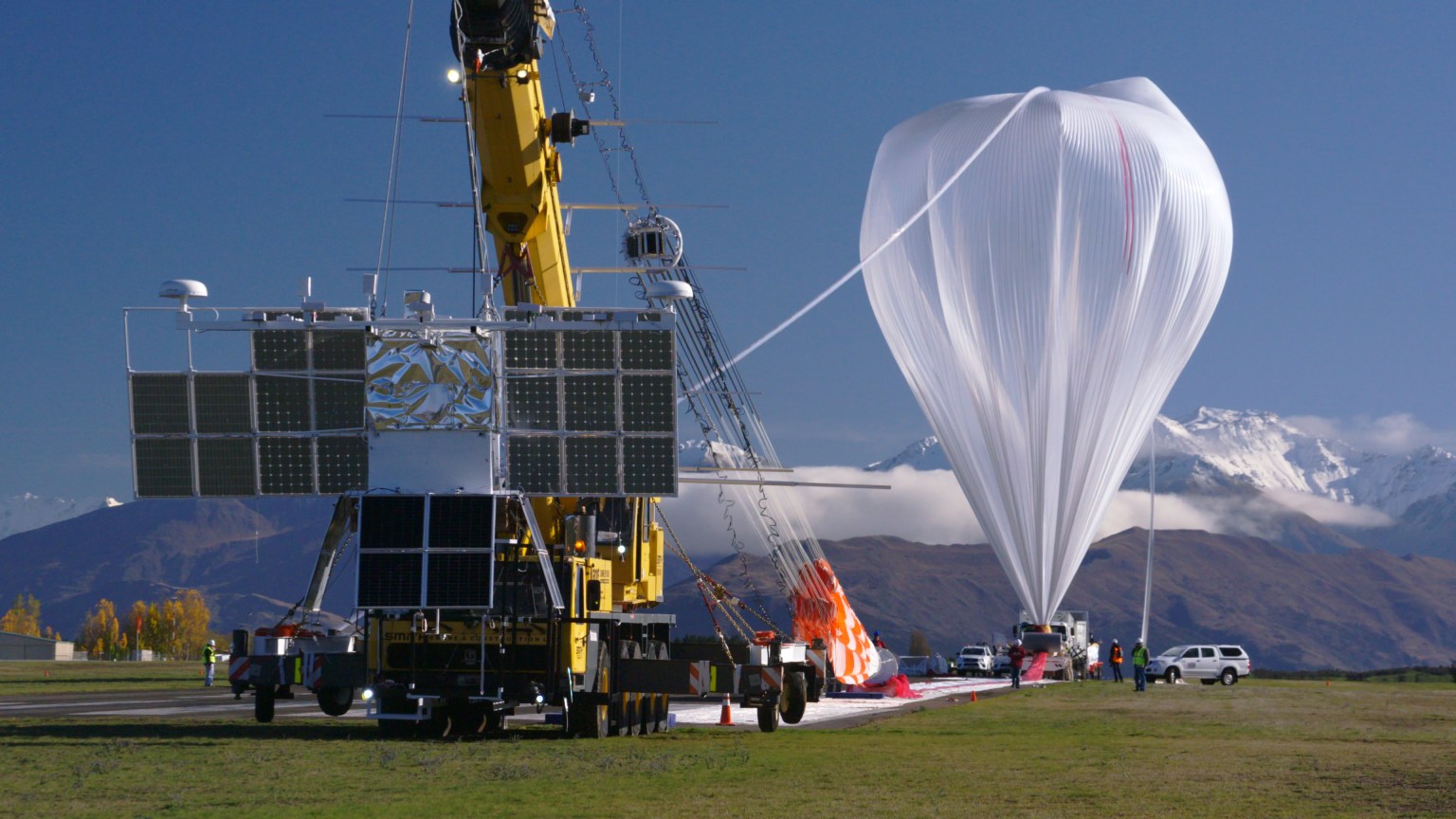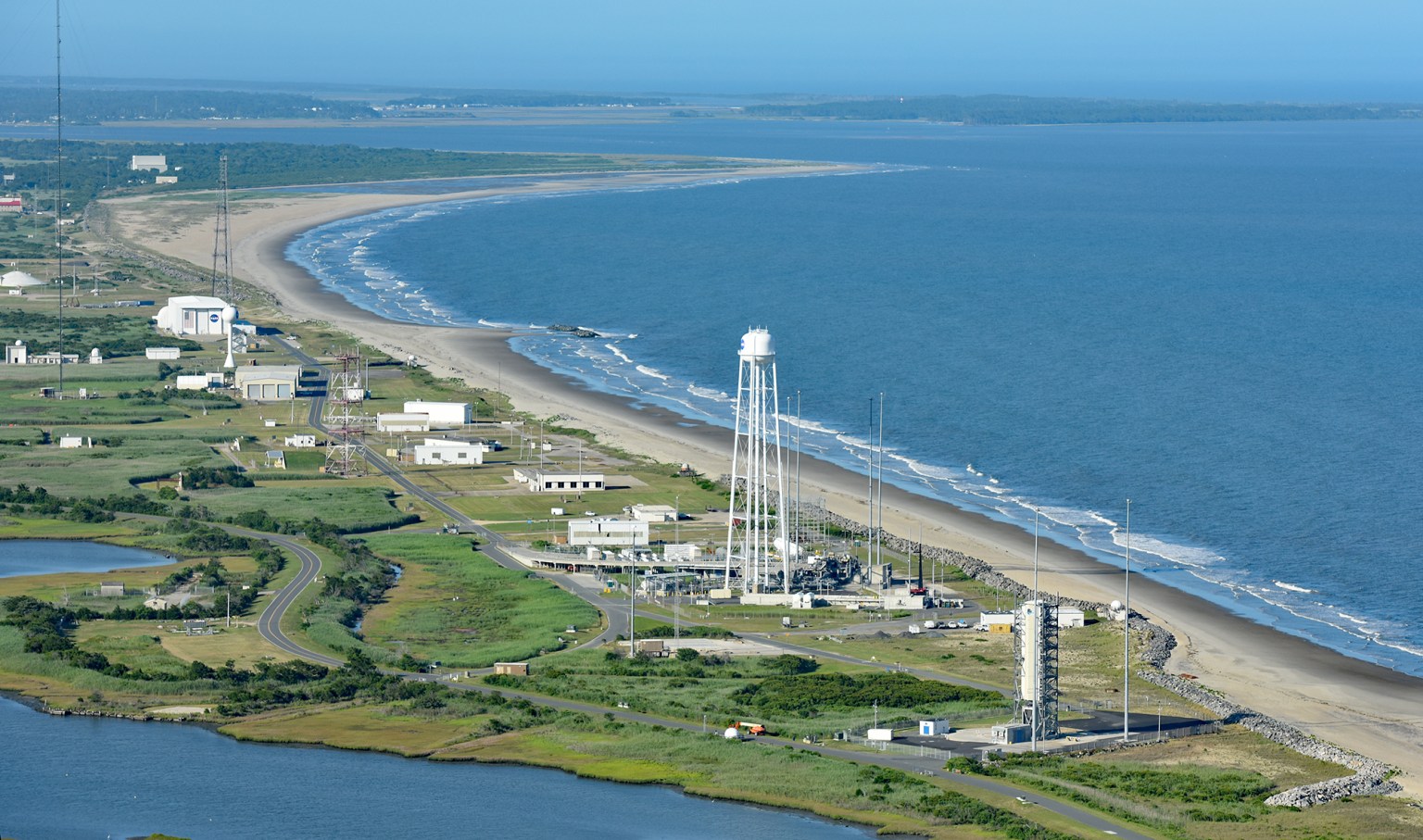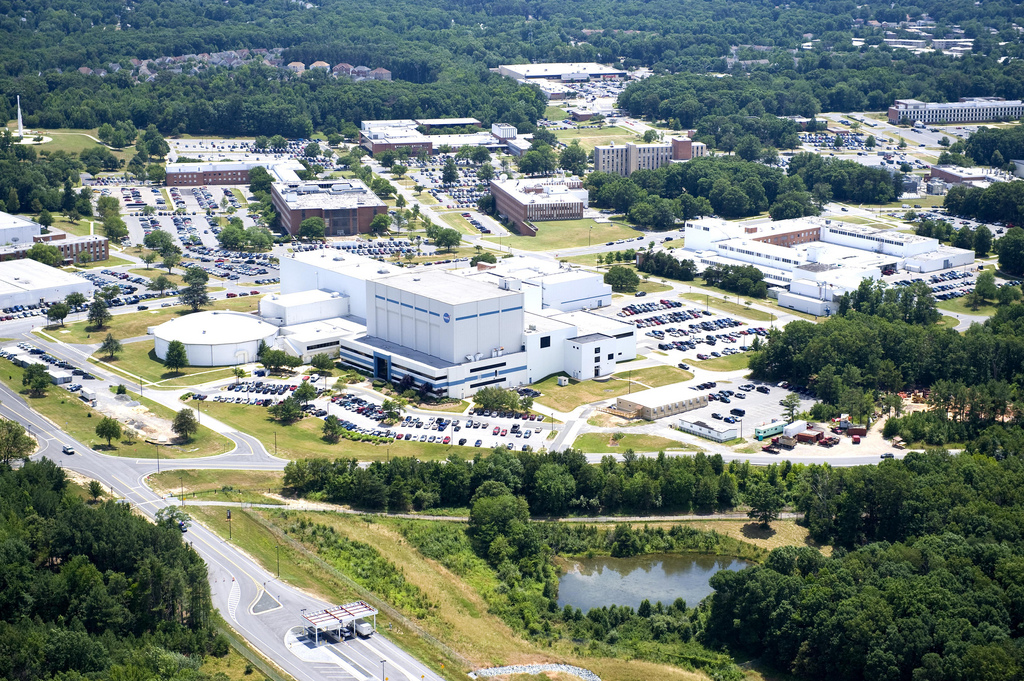NASA’s Balloon Program Office uses multiple types of balloons to lift scientific payloads into the atmosphere. The Balloon Program Office supports numerous space and Earth science research missions, and different balloons may be more beneficial to different payloads. The two types of balloons currently used by the NASA Balloon Flight program are zero-pressure and super-pressure. Though either balloon can be used for any flight type, zero-pressure balloons typically are used for short flights, whereas a super pressure balloon is required for an extended flight. The design of a zero-pressure balloon does not allow for extended flights except during the summer in the polar regions. Various balloon sizes with corresponding capabilities are available.
Zero-Pressure Balloons
These balloons are open at the bottom and have open ducts hanging from the sides to allow gas to escape and to prevent the pressure inside the balloon from building up during gas expansion as the balloon rises above Earth’s surface. The duration of this type of balloon is limited because of gas loss, mostly due to the day/night cycling of the balloon.
Super-Pressure Balloons
(ULDB – Pumpkin)
These ultra-long distance balloons, or ULDBs, are completely sealed with no open ducts. Gas cannot escape the balloon and pressure builds up as the gas expands. Because gas loss is minimized in this balloon, super-pressure balloons can fly for longer durations than zero-pressure balloons. Because of their shape, they are called the Pumpkin.
Both types of balloons are made of thin plastic film, called polyethylene. The thickness is similar to that of plastic sandwich wrap. The most common size of NASA’s balloons is 40 million cubic feet, or a volume equivalent to more than 195 Goodyear blimps (a Goodyear Blimp measures 202,700 ft). When fully inflated, a football stadium could fit inside the balloon. Technicians inflate the balloons using helium gas. The balloons then float at altitudes around 120,000 feet, or more than twice as high as commercial airplanes.
You can fit 195 Goodyear Blimps inside a Zero-Pressure Balloon!














